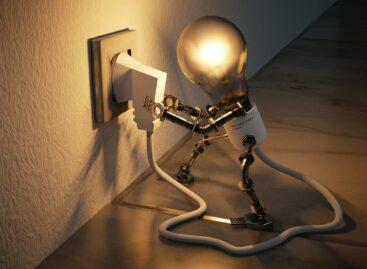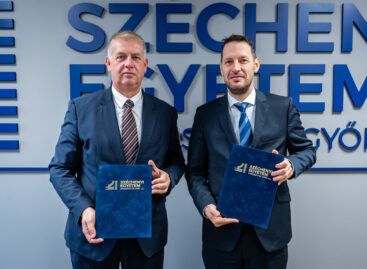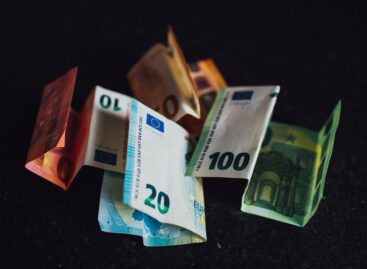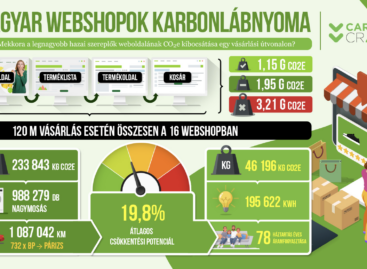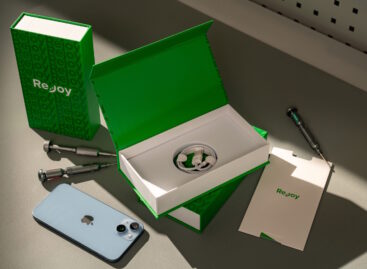Magazine: Message about the bottle
On 5 September POPAI and the HP Graphics Experience Center in Barcelona organised an international symposium, where the main topic was digital printing and how it can be used to improve the shopping experience. Lluis Martinez-Ribes, professor of Barcelona university ESADE and founder of the company MF marketing catalyst gave a presentation about how brands should focus on making shoppers’ lives better instead of just wanting to sell products to them. If shoppers feel that a brand contributed a little to making their lives better, they will choose the same brand again. However, it mustn’t be forgotten that 85-95 percent of decisions are made subconsciously.This means that shoppers’ senses and through them their emotions need to be affected.
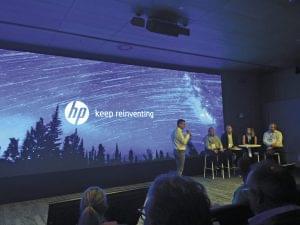
Nancy Janes, global head of brand innovation at HP used success stories to illustrate how packaging can serve as media. She told that HP designed 31 million different beer cans for Anheuser-Busch’s beer brand Bud Light. These special products are only available at concerts and festivals, and since no two beer cans are the same, the members of Generation Y – who now represent 25 percent of US shoppers and can’t be targeted with traditional marketing methods – get a very special experience.
Brands can also raise the attention of young people by making them support a cause – this is called cause marketing. For instance the manufacturer South African cream liqueur Amarula used 400,000 different bottles with elephants on their labels to call attention to the fact that there are only 400,000 African elephants left alive. Young consumers are collecting these bottles to express that they don’t want elephants to be killed. After a big earthquake in Italy, Italian apple distributor Melinda had asked growers and shoppers to write messages to the families of victims, which were put on the apple storage racks used in shops.
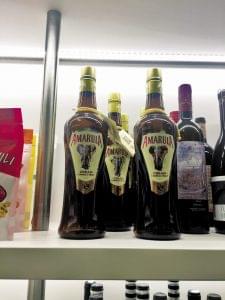
Bram Van Schijndel, the head of Dutch company Pure Value that specialises in consultancy and POS material manufacturing, thinks that instead of the terms POS and POP the expression Point of Engagement should be used. He told that in retail trade more than 1 billion kilogram of cardboard waste is produced in a year by promotional display use. Retailers (including Spar, Carrefour and Delhaize), brand manufacturers (such as Coca-Cola, P&G, Kraft Heinz, Mars and Panasonic) and service providers reached an agreement in just a few months on how to create an environmental, efficient, standardised and effective display concept: displays are made from recyclable metal, they are modular and covered in digitally printed cardboard. These displays can also be equipped with intelligent in-store technology, so that they can communicate with shoppers. Brand manufacturers and retailers don’t need to purchase the displays, they can simply rent them. With this system cardboard waste production can be reduced by 85 percent, promotional displays’ production costs decrease and sales efficiency increases. //
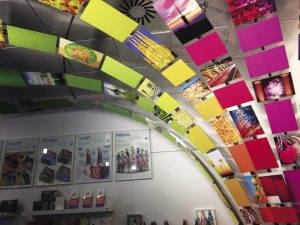
Related news
Publicis Groupe’s annual Goodwill message has arrived
🎧 Hallgasd a cikket: Lejátszás Szünet Folytatás Leállítás Nyelv: Auto…
Read more >The K&H innovation index remained in a stable range
🎧 Hallgasd a cikket: Lejátszás Szünet Folytatás Leállítás Nyelv: Auto…
Read more >The Hungarian Intellectual Property Office provides a patent accelerator to Széchenyi István University
🎧 Hallgasd a cikket: Lejátszás Szünet Folytatás Leállítás Nyelv: Auto…
Read more >Related news
Investment dumping is coming in the food industry
🎧 Hallgasd a cikket: Lejátszás Szünet Folytatás Leállítás Nyelv: Auto…
Read more >It turns out which online food ordering platform websites are the most sustainable
🎧 Hallgasd a cikket: Lejátszás Szünet Folytatás Leállítás Nyelv: Auto…
Read more >Customers are also looking for the record-breaking iPhones in refurbished versions
🎧 Hallgasd a cikket: Lejátszás Szünet Folytatás Leállítás Nyelv: Auto…
Read more >

